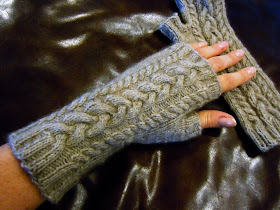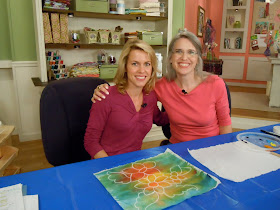Last night I prepared one of my favorite meals with friends; Cuban black beans, rice, roast pork and pickled red onions for garnish. My friend Alexa came over and made mojitos and brought a cabbage slaw with avocado and jalepeño and a mango sorbet for dessert. Everything was delicious, so I thought I would share a few recipes with you. My daughter
Indigo took the photos.
Cuban Black Beans
1 pound black beans, washed
1/4 cup olive oil
1 large onion, chopped
1 medium green bell pepper, chopped
6 cloves garlic, peeled and minced
5 cups water
1 (6 ounce) can tomato paste
1 (4 ounce) jar diced pimentos, drained
1 tablespoon vinegar
2 teaspoons salt
1 teaspoon white sugar
1 teaspoon black pepper
1. Place beans in a large saucepan with enough water to cover, and soak 8 hours, or overnight; drain. Or do a quick soak method bring beans and water to a boil for 2 minutes, turn off heat, cover and sit for 1 hour.
2. Heat oil in a dutch oven over medium heat, and saute onion, green bell pepper, and garlic until tender.
3. Into the onion mixture, stir the drained beans, water, tomato paste, pimentos, and vinegar. Season with salt, sugar, and pepper. Bring to a boil. Cover, reduce heat, and simmer 1 1/2 hours, stirring occasionally, until beans are tender.
The easiest way to tell if beans are done is lift a spoonful out of the pot and blow on them, if the skin splits and peel away from the beans they’re done.
Cuban Pork Roast
2 teaspoons cumin seeds
1/2 teaspoon whole black peppercorns
4 cloves garlic, chopped
2 teaspoons salt
1 teaspoon dried oregano
1/3 cup orange juice
1/3 cup dry sherry
3 tablespoons lemon juice
3 tablespoons fresh lime juice
2 tablespoons olive oil
4 pounds pork shoulder
I had a 7 1/2 pound bone in shoulder so I doubled the marinade.
Heat a small, heavy skillet over medium heat. Add the cumin seeds and peppercorns to the pan; stir constantly until fragrant and beginning to brown, about 2 minutes. Cool.
Using a mortar and pestle, crush toasted spices with garlic, salt, and oregano to make a paste. You can also do this in a food processor. Add orange juice, lime juice, lemon juice, sherry, and olive oil.
With a sharp knife cut slits in the roast to help marinade penetrate the meat. Place the pork in a large resealable plastic bag. Pour citrus marinade over meat, and seal. Refrigerate for 12 to 24 hours, turning the bag over occasionally.
Preheat the oven to 325 degrees F (165 degrees C).
Transfer pork to a roasting pan, and place in the oven. Baste pork with marinade every hour until meat is fork tender, about 4+ hours. I had a 7 1/2 pound shoulder and cooked it for just over 5 hours. It's possible you may need to loosely tent the roast with foil if the top starts to get too brown.
Transfer the pork to a carving board, cover loosely with foil, and let rest for 15 minutes. Carve, and serve.
Pickled Red Onions
this recipe is from Gourmet 2006 and was adapted from
Rick Bayless Authentic Mexican
2 red onions, sliced
1 cup cider vinegar
1 teaspoon salt
Blanch 2 sliced red onions in a small saucepan of boiling water to cover for 1 minute and drain in a colander.
Then return them to the pan and add a cup of cider vinegar, a teaspoon of salt, and just enough cold water to barely cover the onions.
Bring to a boil over high heat and simmer the onions 1 minute.
Transfer the onions and brine to a glass jar and chill. The onions will turn the color of a pink piñata and will get crisp as they cool. They'll keep for weeks in the refrigerator.
And lastly the perfect accompaniment; a rum Mojito with lime juice, mint, cane sugar and club soda. You can find a recipe here.
Now, I am looking forward to making tacos with the leftovers, yum!









































